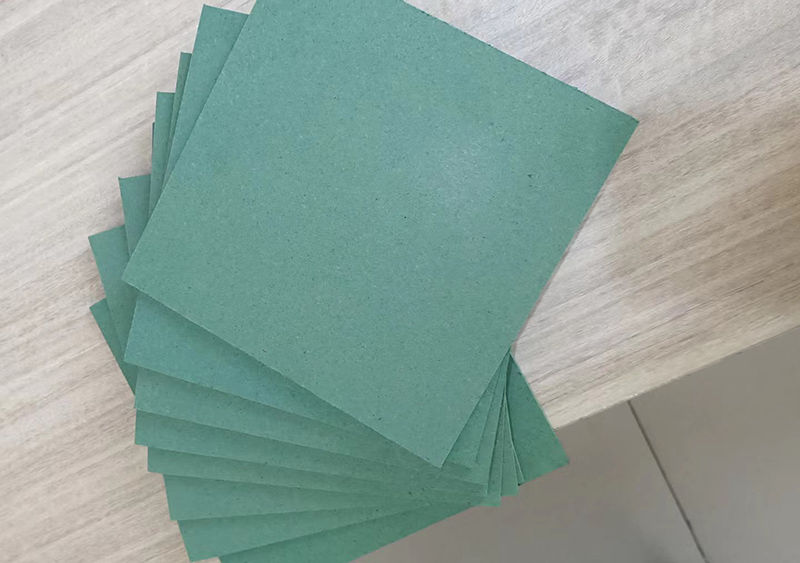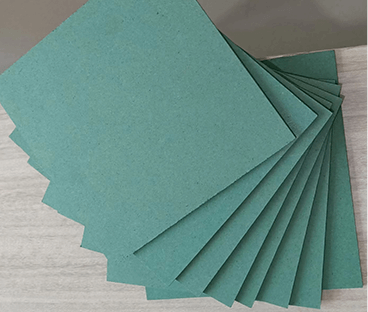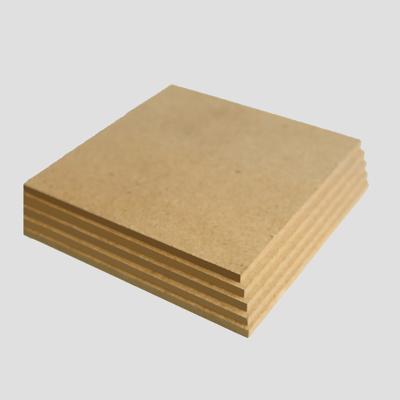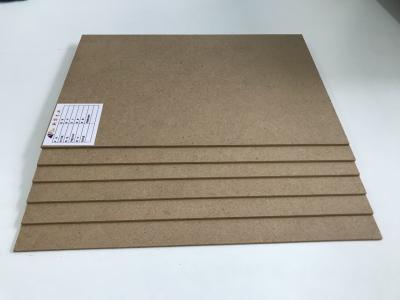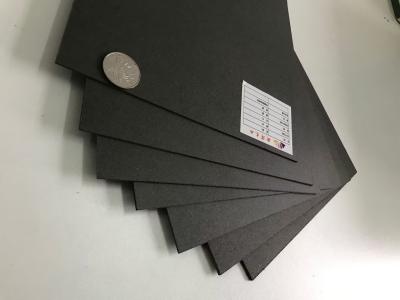Oriented Strand Board OSB
Formaldehyde based adhesives are generally used in the production of particleboard, so the finished products will more or less release free formaldehyde. When the content of free formaldehyde exceeds a certain limit, it will affect human health. It is a complex process to detect the formaldehyde emission of particle board. The formaldehyde emission of particle board can be judged simply and preliminarily by the following methods. First, stack the unused chipboards in a small room, close the doors and windows, and enter the room for observation after a period of storage. If there is no pungent smell, it indicates that the formaldehyde emission of chipboard is small, and the use will not affect human health; If the smell is strong or there is a feeling of tears, it indicates that the formaldehyde emission of chipboard may be high. So how to deal with the high formaldehyde emission of particle board? The most commonly used method is to open windows for ventilation, which is conducive to speeding up the emission of formaldehyde. In fact, green plants such as chlorophytum comosum, Cauliflower, and Turtle backed Bamboo are placed in decorated rooms, which can not only absorb formaldehyde but also beautify the environment.
The raw materials for making particleboard include wood or wood fiber materials, adhesives and additives. The former accounts for more than 90% of the dry weight of the board. The wood raw materials are mostly taken from felled wood in the forest area, small diameter wood (usually less than 8 cm in diameter), felling residues and wood processing residues. Wood chips, shavings, wood filaments, sawdust, etc. processed into flakes, strips, needles and granules are called chips. In addition, non wood materials such as plant stalks and seed hulls can also be made into boards, which are often named after the materials used, such as hemp straw (particle board) and bagasse (particle board).
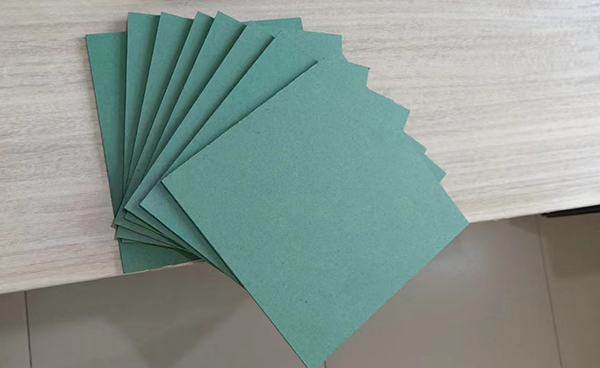
The adhesives are mostly urea formaldehyde resin adhesive and phenolic resin adhesive. The former has light grease color and low curing temperature. It has good bonding effect on various plant raw materials such as wheat straw, rice husk, etc. The hot pressing temperature is 195 ~ 210 ℃. It is widely used in production, but has the disadvantage of releasing free formaldehyde to pollute the environment. The particle shape is the decisive factor for the quality of particle board, so it is necessary to produce qualified particle first. The shavings from the residues of wood processing can be used as the core layer of the particle board after reprocessing. The surface shavings are mainly produced by special processing of high-level residues (wood stumps, board edges, etc.) from logging or processing. The size and specification of the length, thickness and width of the particle vary according to the production method and the core layer or surface layer. The processing equipment for preparing shavings includes chipper, re crusher, grinder and fiber separator. The cutting methods include cutting, cutting and crushing. In order to obtain high-quality shavings, the process of primary crushing, grinding, re crushing and screening is required. The initial moisture content of the processed shavings is about 40-60%, the moisture content of the core layer meeting the process requirements is 2-4%, and the surface layer is 5-9%. Therefore, it is necessary to use a dryer to dry the shavings with different initial moisture content to achieve a uniform final moisture content. The dried shavings are then mixed with liquid glue and additives. Generally, 8~12g of glue is applied on the surface area of each square meter of shavings. The glue is sprayed from the nozzle and becomes particles with a diameter of 8~35 microns, forming an extremely thin and uniform continuous glue layer on the surface of the shavings. Then, the glued shavings are paved into slabs, which are generally 10-20 times thicker than the finished products. Pre pressing and hot pressing can be carried out. The preloading pressure is 0.2~2 MPa, which is carried out by flat press or roller press.

